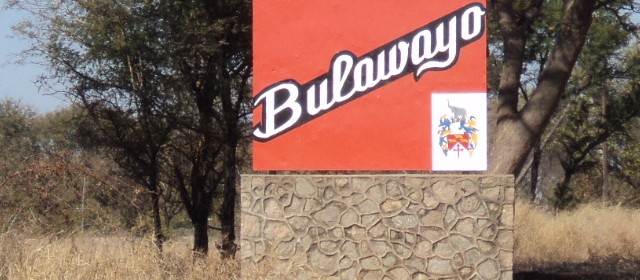- WICKNELL CHIVAYO left school at 15
- DISGRUNTLED Zimbabwe police stage uniform protest.
- MNANGAGWA wife Auxillia drops charges against nine women who boed her in Manicaland
- O.J. Simpson dies of cancer , aged 76.
- South Africa ANC is the cause of ZIMBABWE troubles claims Zimbabwe opposition politician Job Sikhala
Bulawayo City to introduce 24 hour water shedding schedule for residents in the next three weeks as water supplies dwindle.

THE Bulawayo City Council is set to introduce water shedding in the next three weeks.
The latest council report shows that dwindling water levels at the city’s six supply dams have forced the local authority to introduce a 24-hour water shedding schedule for residents at the beginning of next month.
Water shedding is a system of conserving tap water by cutting supplies for a fixed period.
At its height in 2013, Bulawayo residents went without water for up to four days in a week.
“It’s evident that the available water in the supply dams needs to be conserved and one of the strategies is to water shed. Therefore a start of a 24-hour regime is recommended effective from the beginning of November,” read the report.
“Council’s previous decision (5th March, 2014) relating to the suspension of the water shedding programme be reviewed and rescinded.”
Councillors advised the city’s Director of Engineering Services, Engineer Simela Dube, to be cautious when reporting the water situation and avoid giving false hope.
“Indications from the Engineering Services Department had been that water volumes in the dams were sufficient and there was no likelihood of water shedding in the foreseeable future. Indeed residents had been advised accordingly,” said Clr Rodney Jele of Ward 22.
Clr Jele said that Council should now ensure that all boreholes were rehabilitated to forestall a water crisis.
According to the proposed schedule, all residents are exempted on Sundays while industries and the Central Business District will not have water cuts.
“Our total inflows for the whole of last year were just 22 million cubic metres. Our monthly draw down is nine million cubic metres. What we received from the rains this year was just an allocation for two months’ supply. This is why we’re finding us in this critical situation,” said Eng Dube.
“If consumption remains at 120 to 121 000 cubic metres per day thereabouts, we could be able to stretch into the rainy season”.
He said the crisis may deepen if daily consumption rates increase to between 130,000 and 135,000 cubic metres as it did last year during the heat wave period.
Water levels at the city’s six supply dams; Insiza, Mtshabezi, Umzingwane, Inyankuni, Upper and lower Ncema, stand at a combined 36 percent of their cumulative capacity.
Eng Dube said the city was exploring ways of augmenting the city’s water supply.
He said one way of augmenting the city’s water supplies was to tap into the Nyamandlovu Aquifer.
Eng Dube said the city was praying for an improved rainy season, saying the previous season did not contribute much to city’s water supplies.
For years, Bulawayo has been under a strict water rationing regime whereby residents are penalised if they exceed a fixed daily consumption rate.
Households in high density suburbs are expected to use 450 litres per day while those in low density suburbs are limited to 550 litres per day.
In July 2011, the city introduced stringent fines for people who waste water. Fines for residents found using a hosepipe were hiked to $1 500 from $200.
The previous year, council announced that people caught using domestic water for construction would be fined $1 000 up from $30 and those who use water for brick moulding would also pay $1 000.
Experts have argued that Bulawayo is not a water shortage area but the city is facing challenges in extracting available water for use. — By Thandeka Moyo. source-chronicle